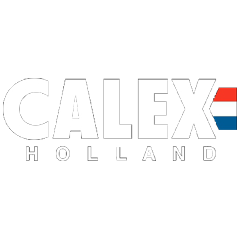Our work
-


Swiss Sense
Customer spotlight: Swiss Sense shares their experience transitioning to a headless CMS and partnering with Vaimo. Read more about their journey here.
View project -


Ethias
Vaimo began supporting Ethias with their Adobe Analytics implementation in 2015 and has driven their growth and analytics development.
View project -


Calex
How did Calex go from scattered product information to a centralized data hub? Our case study takes you behind the scenes of our PIM project.
View project











